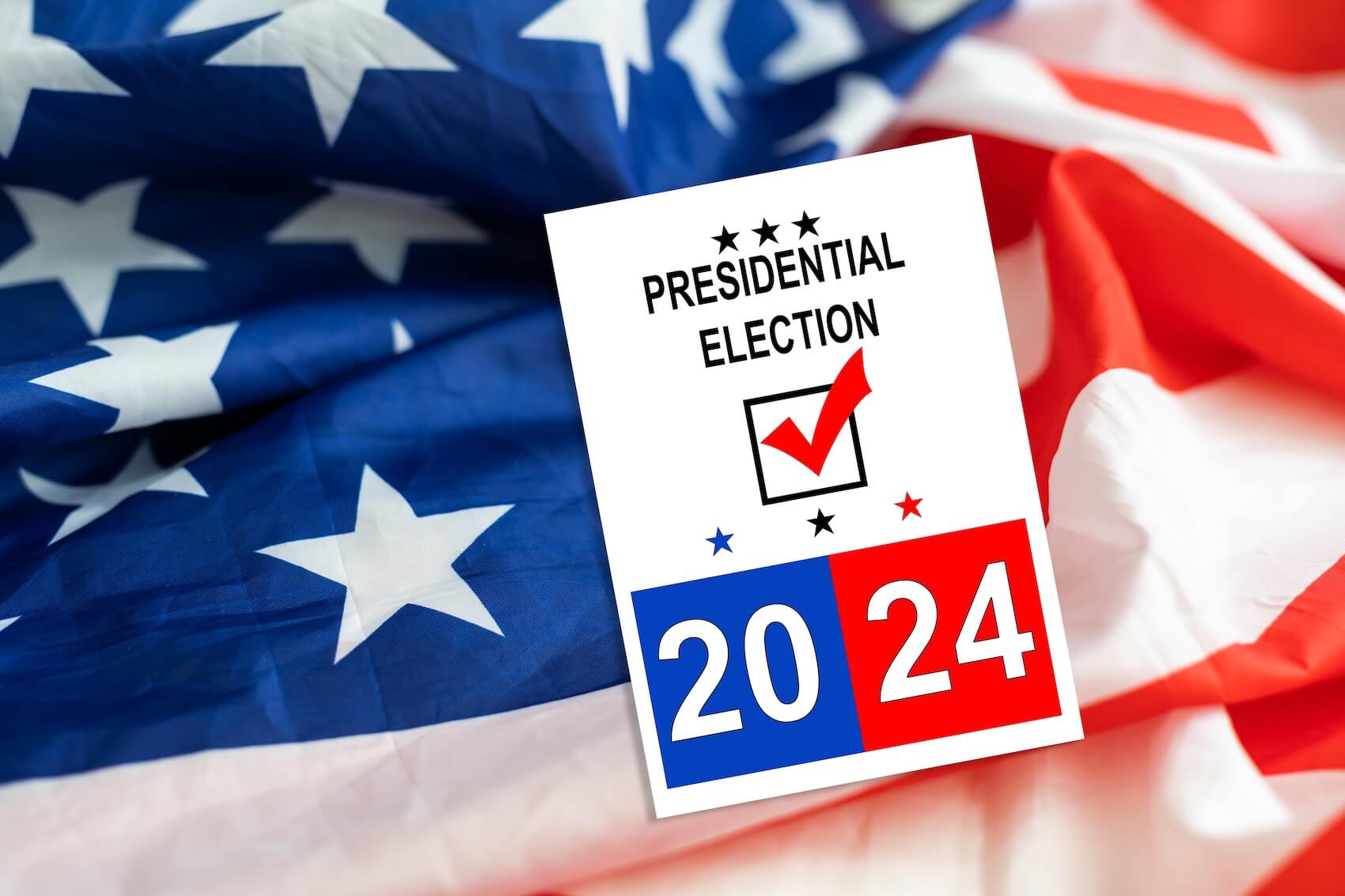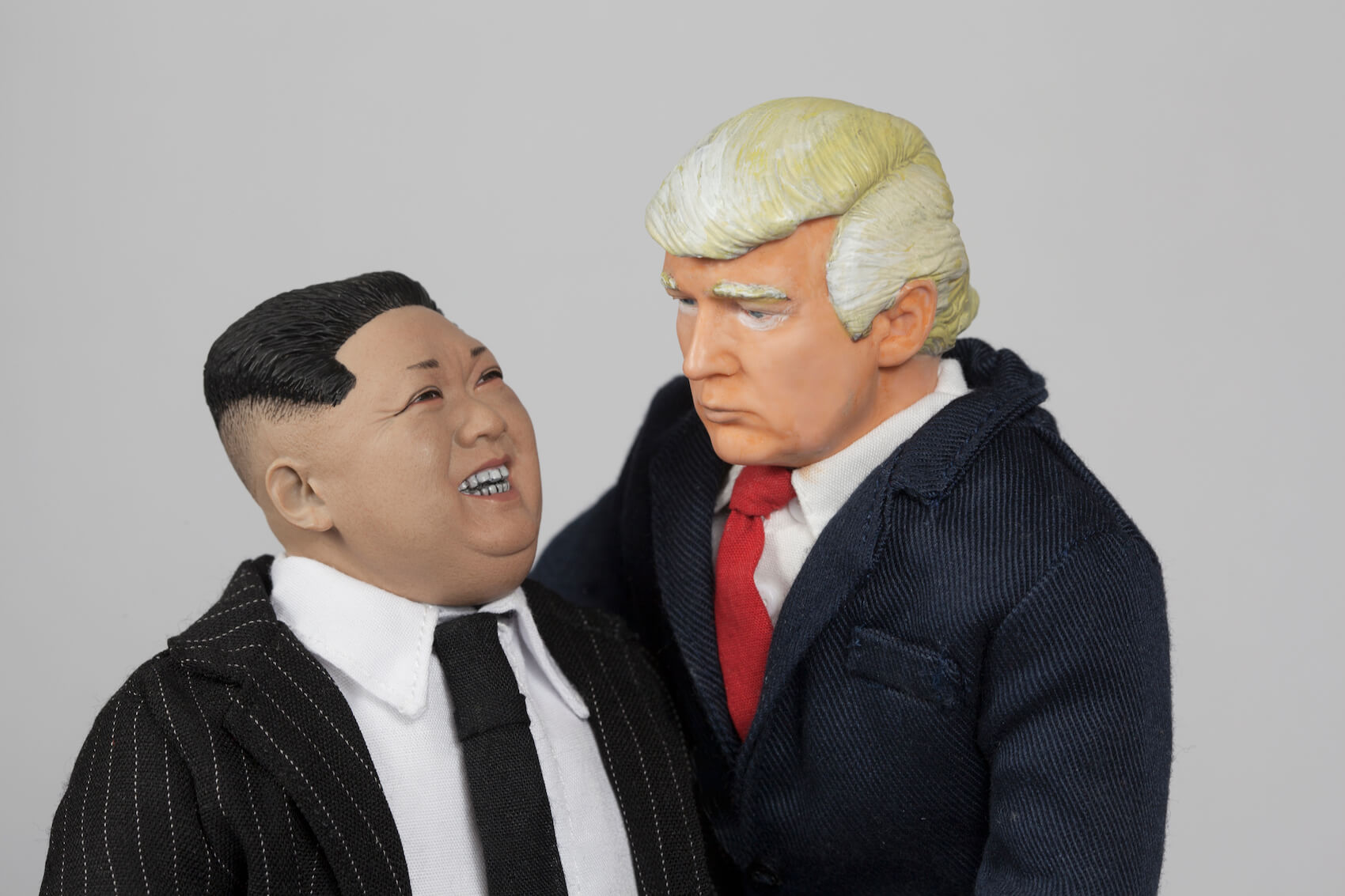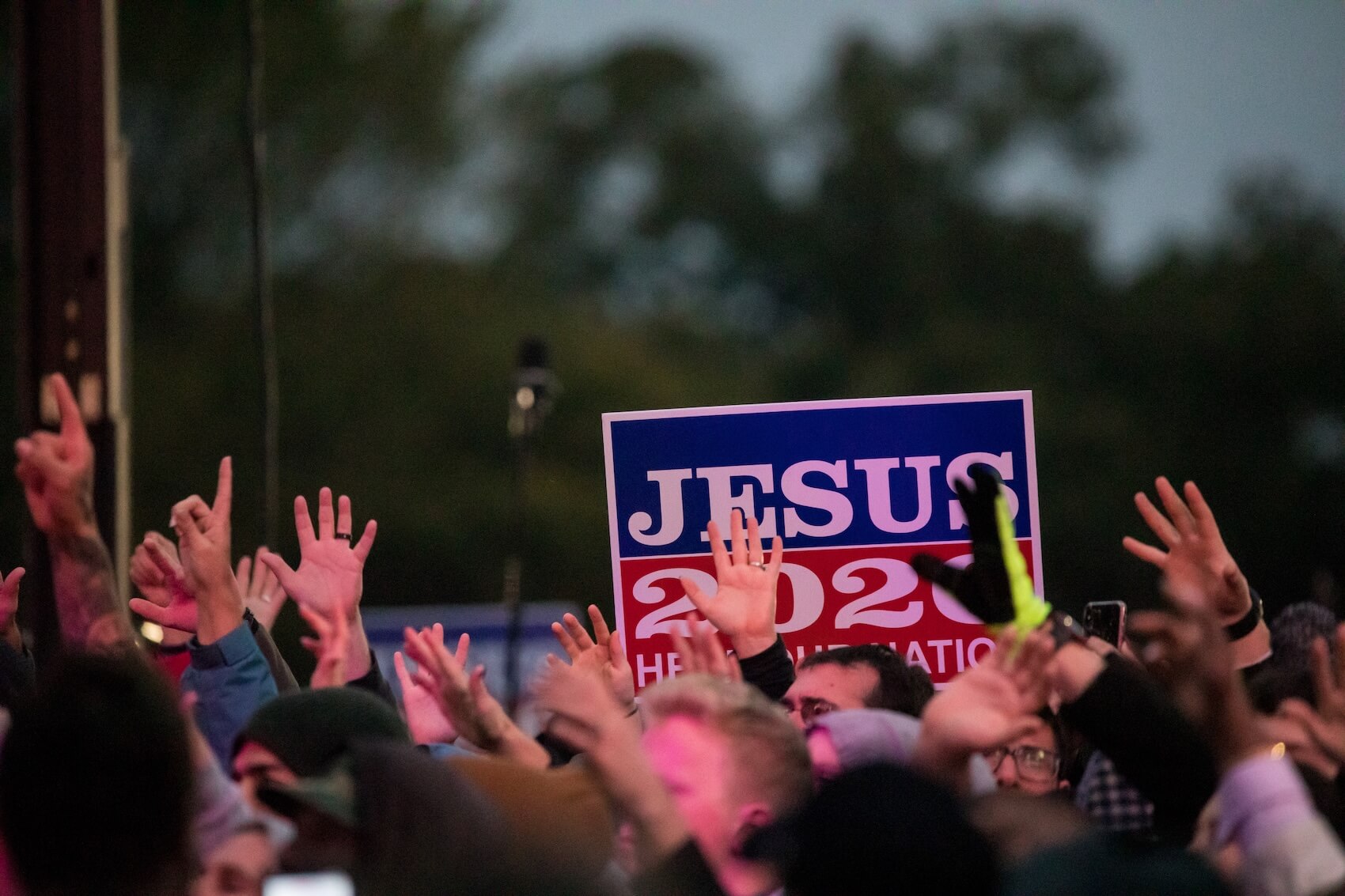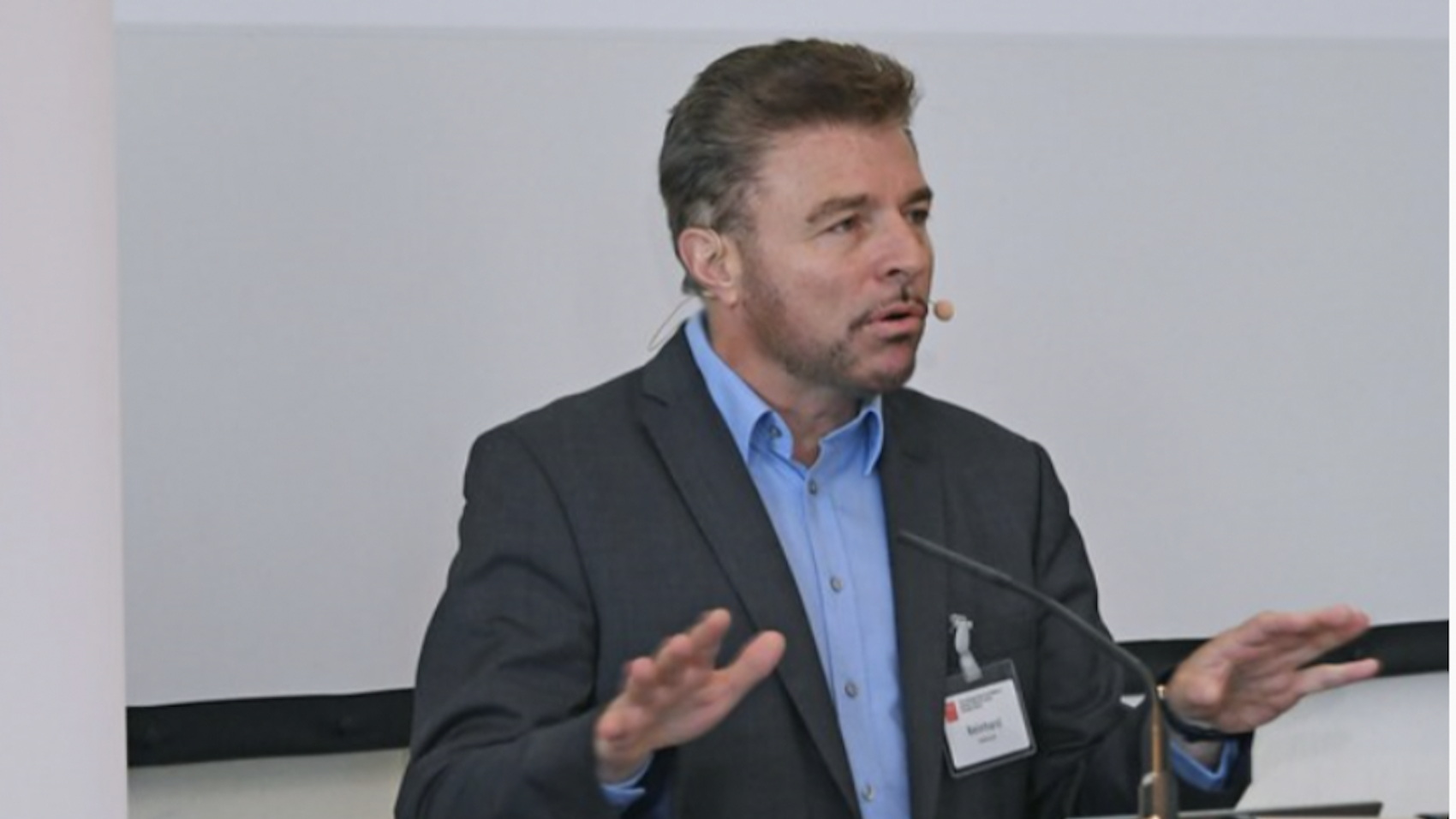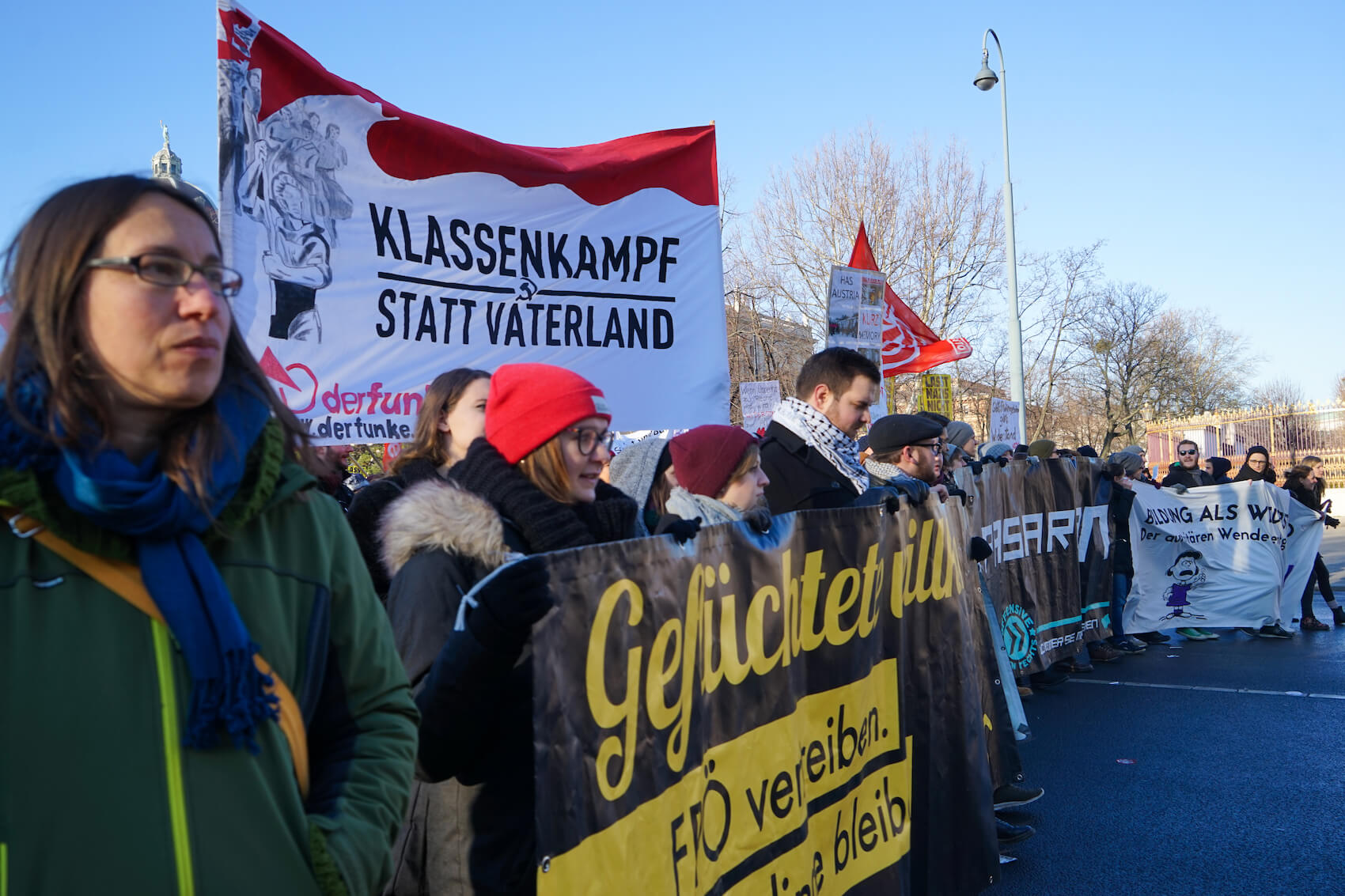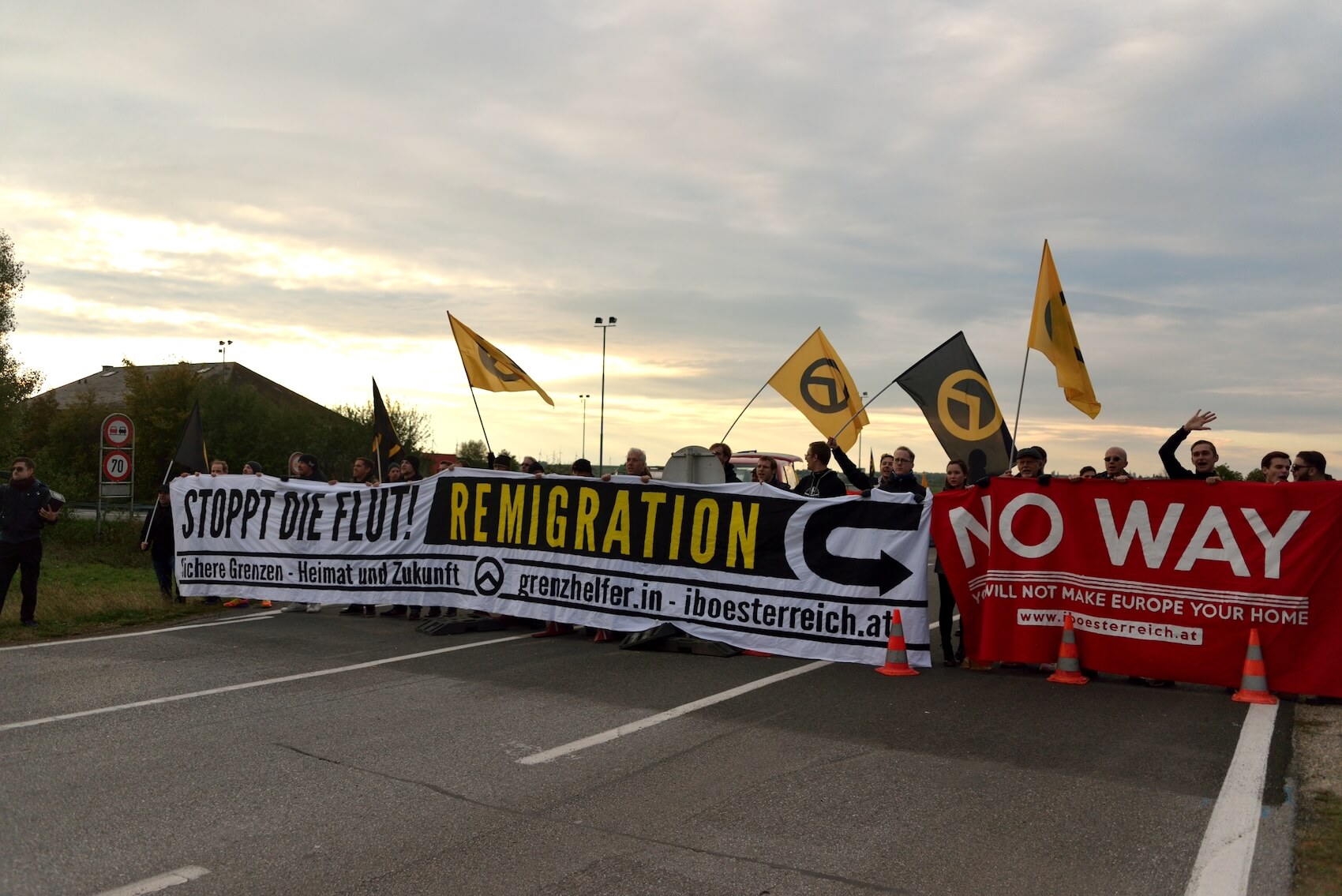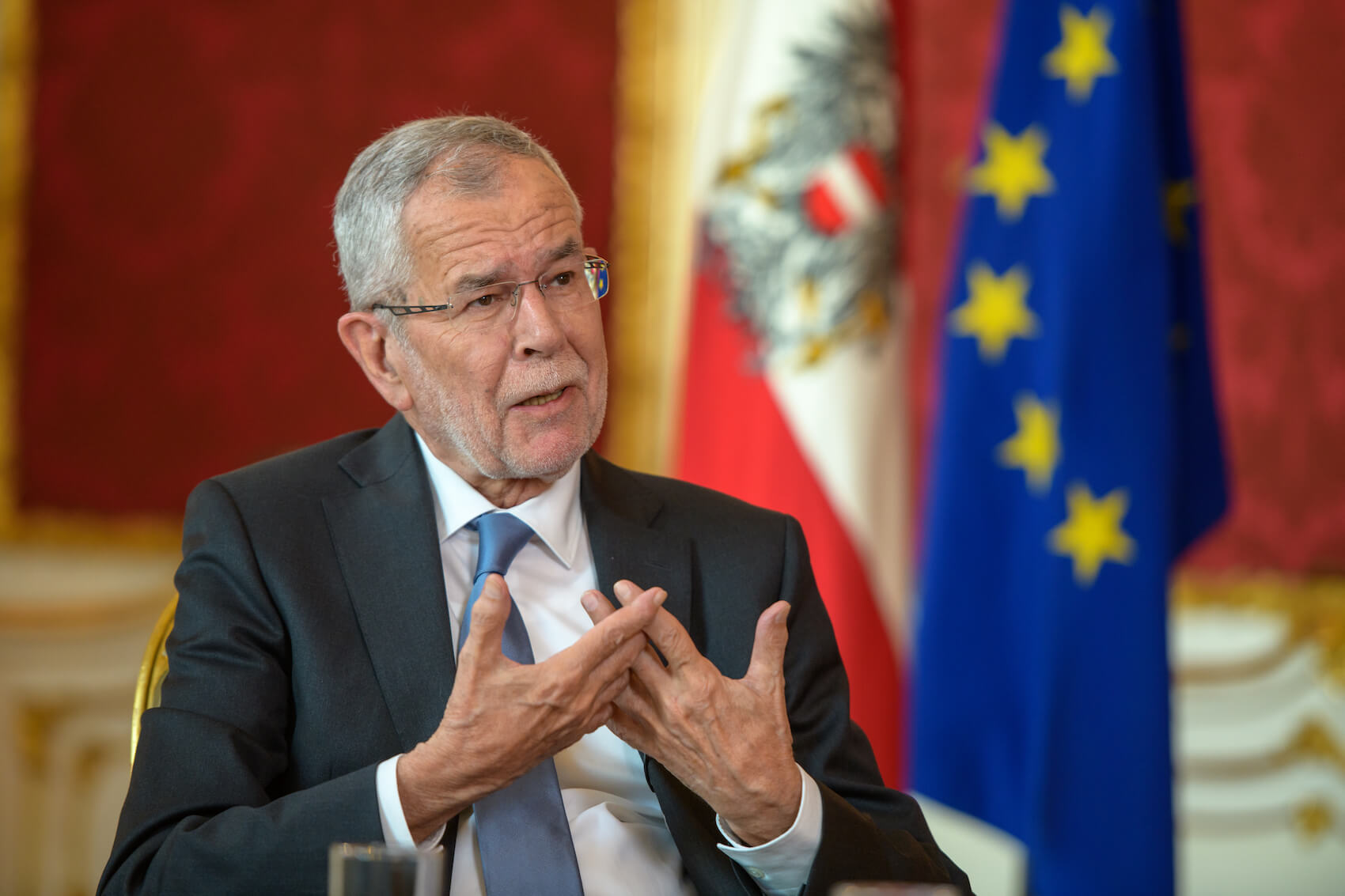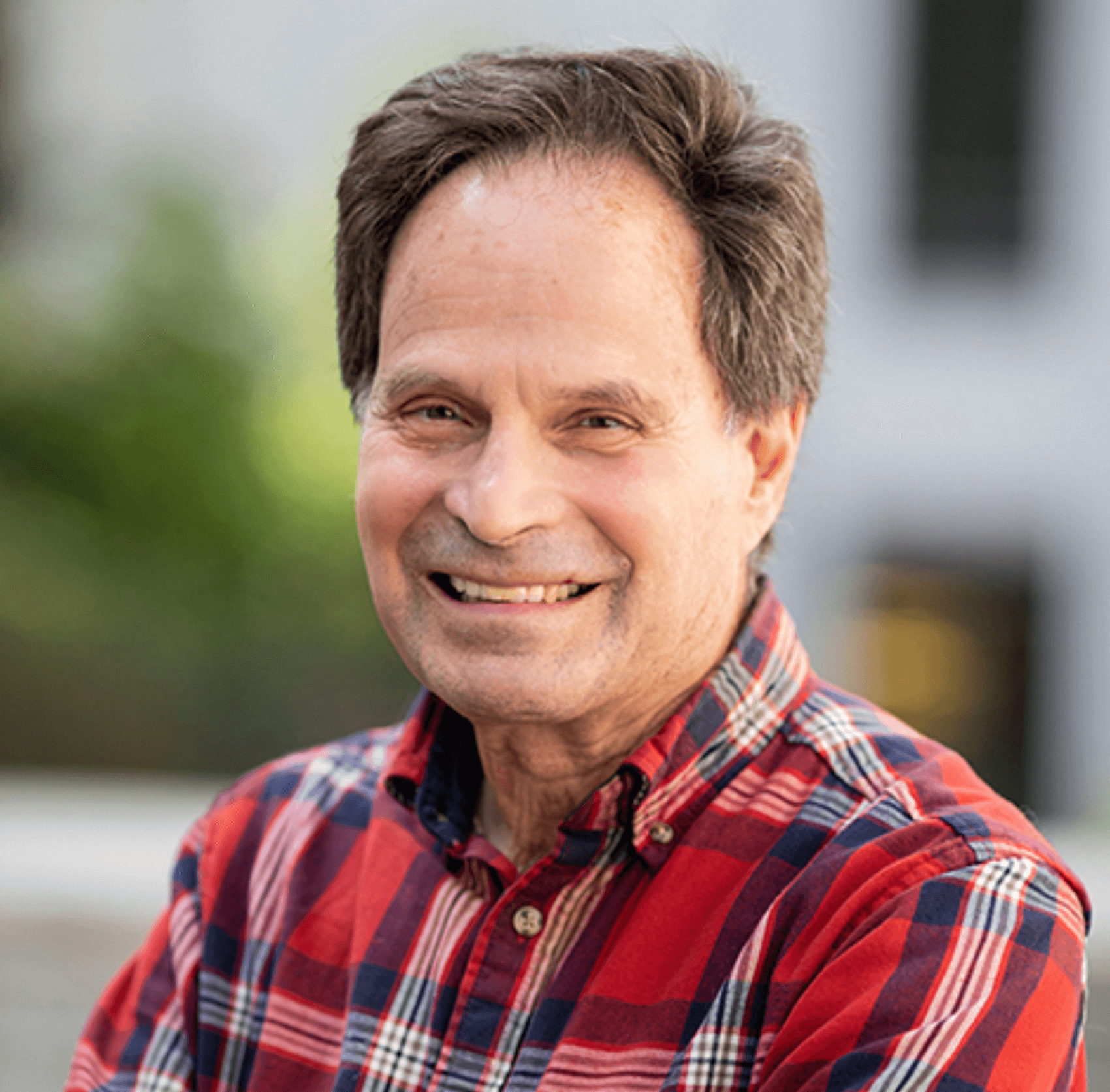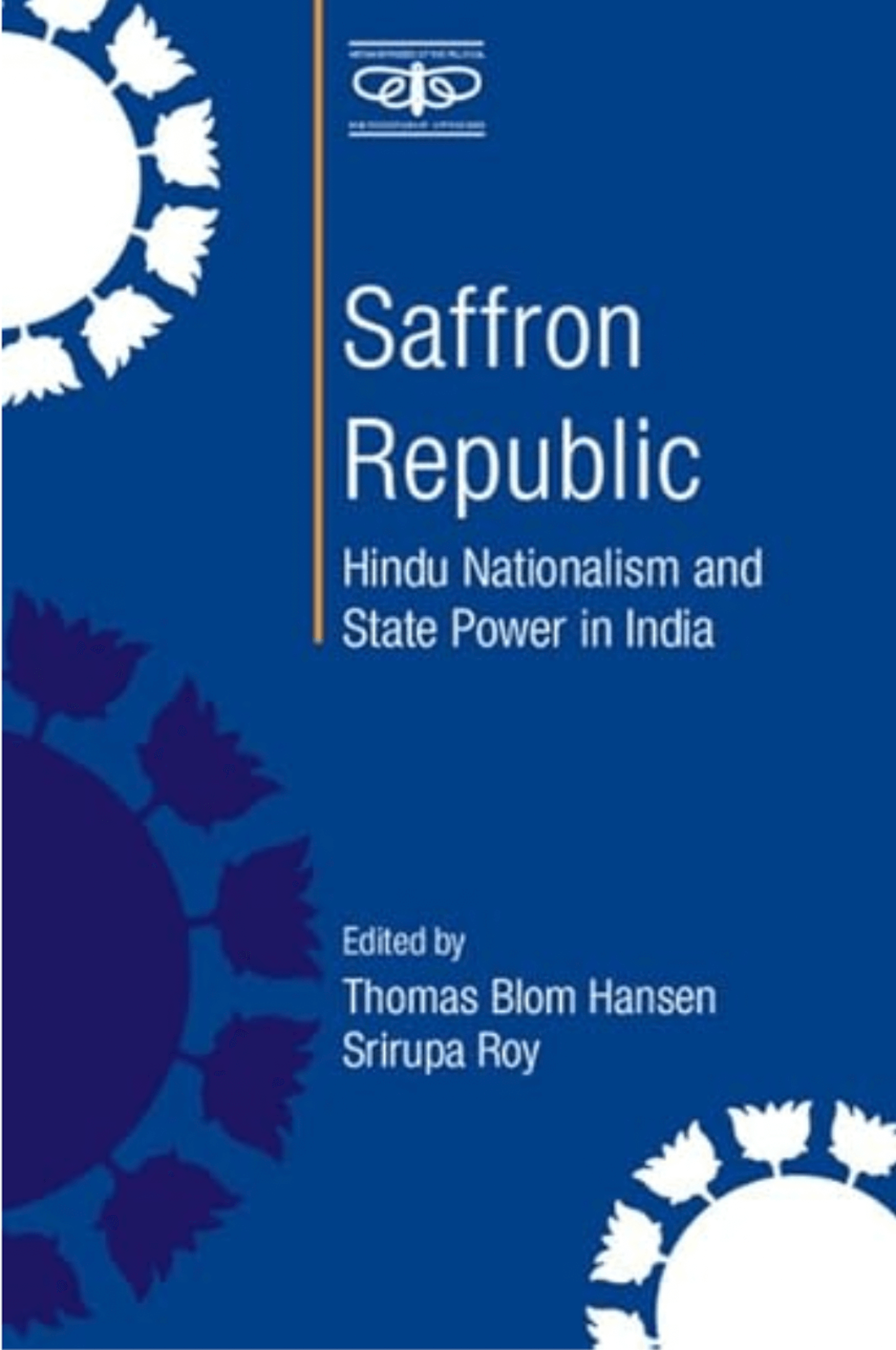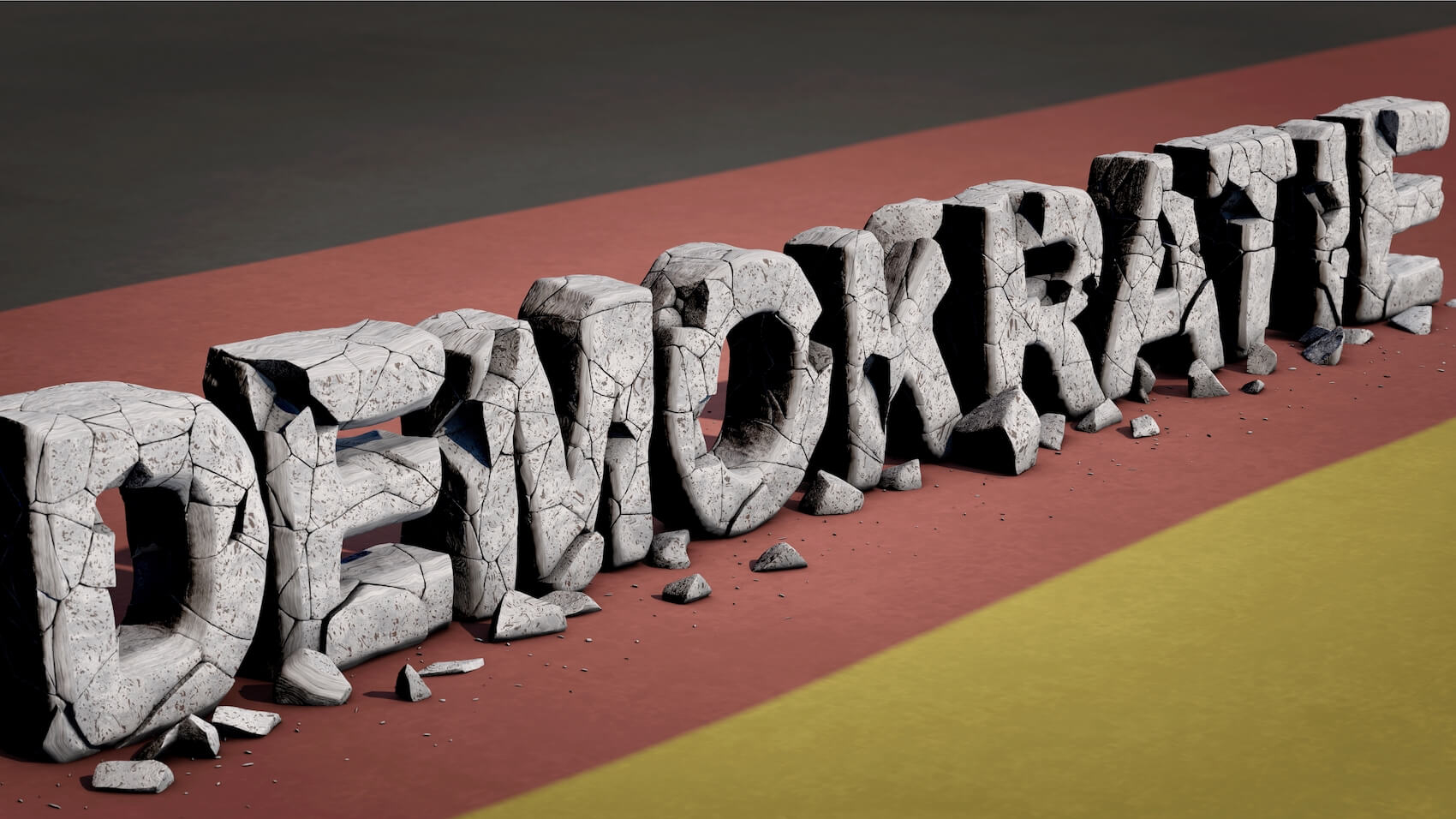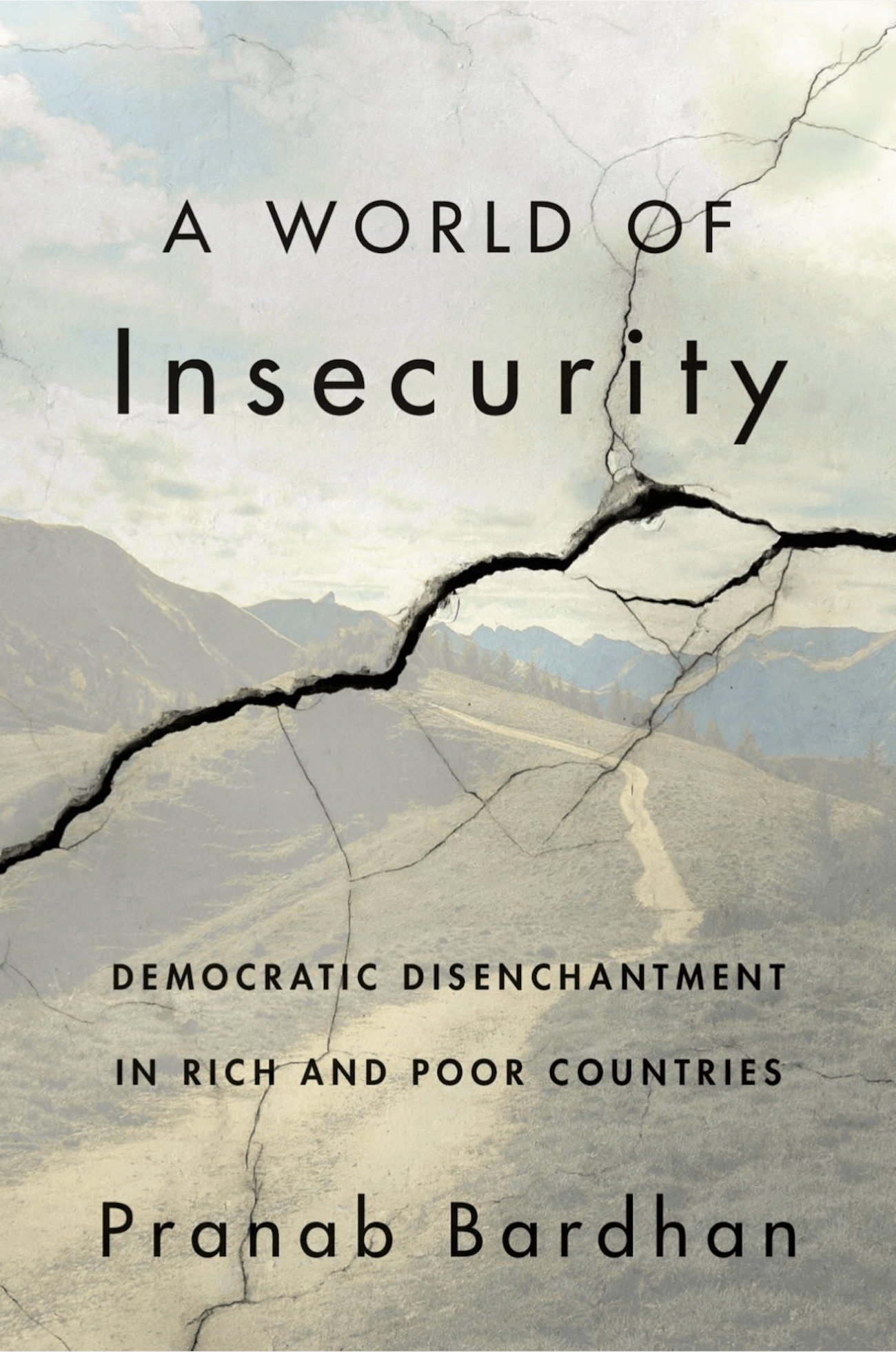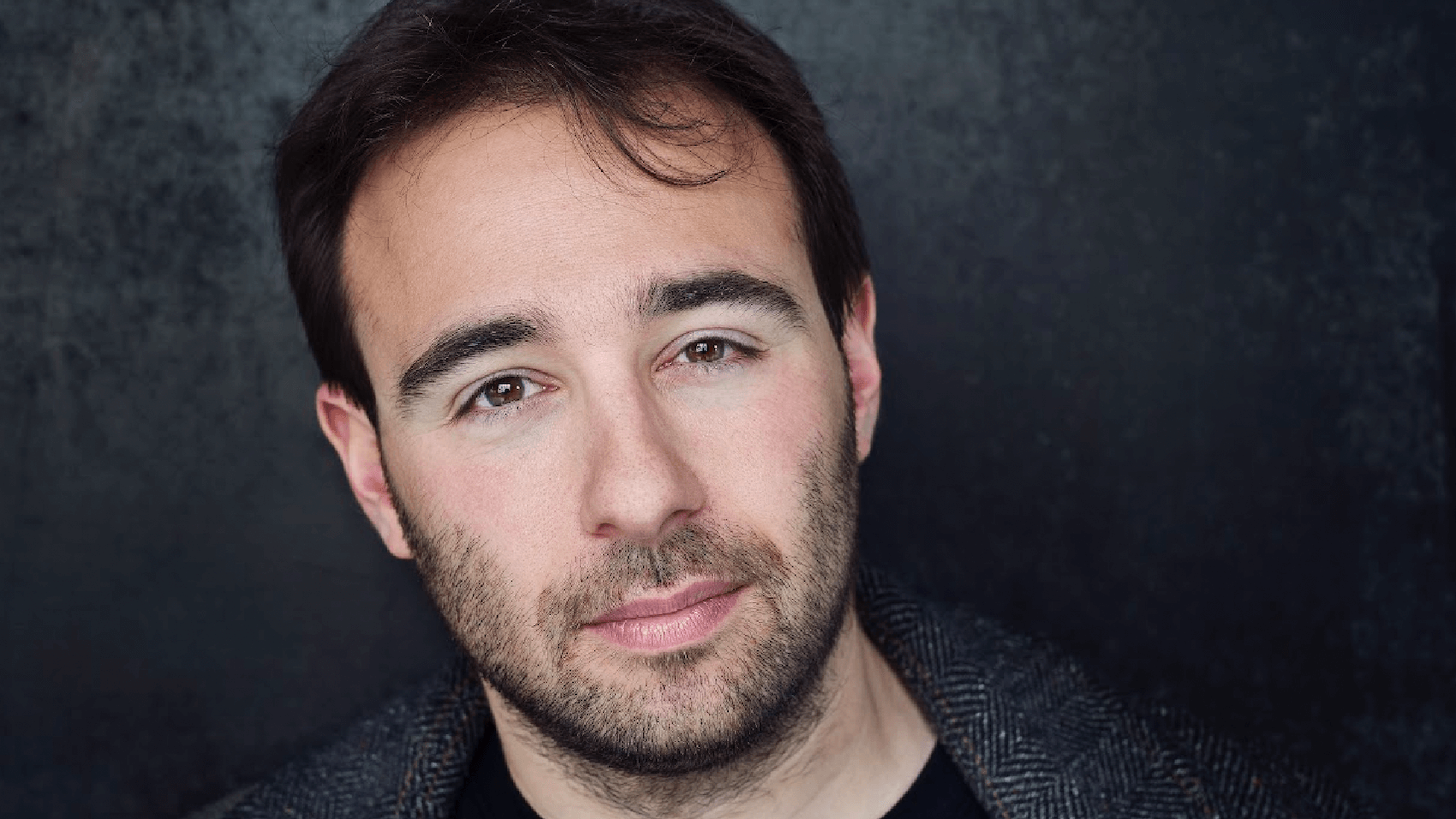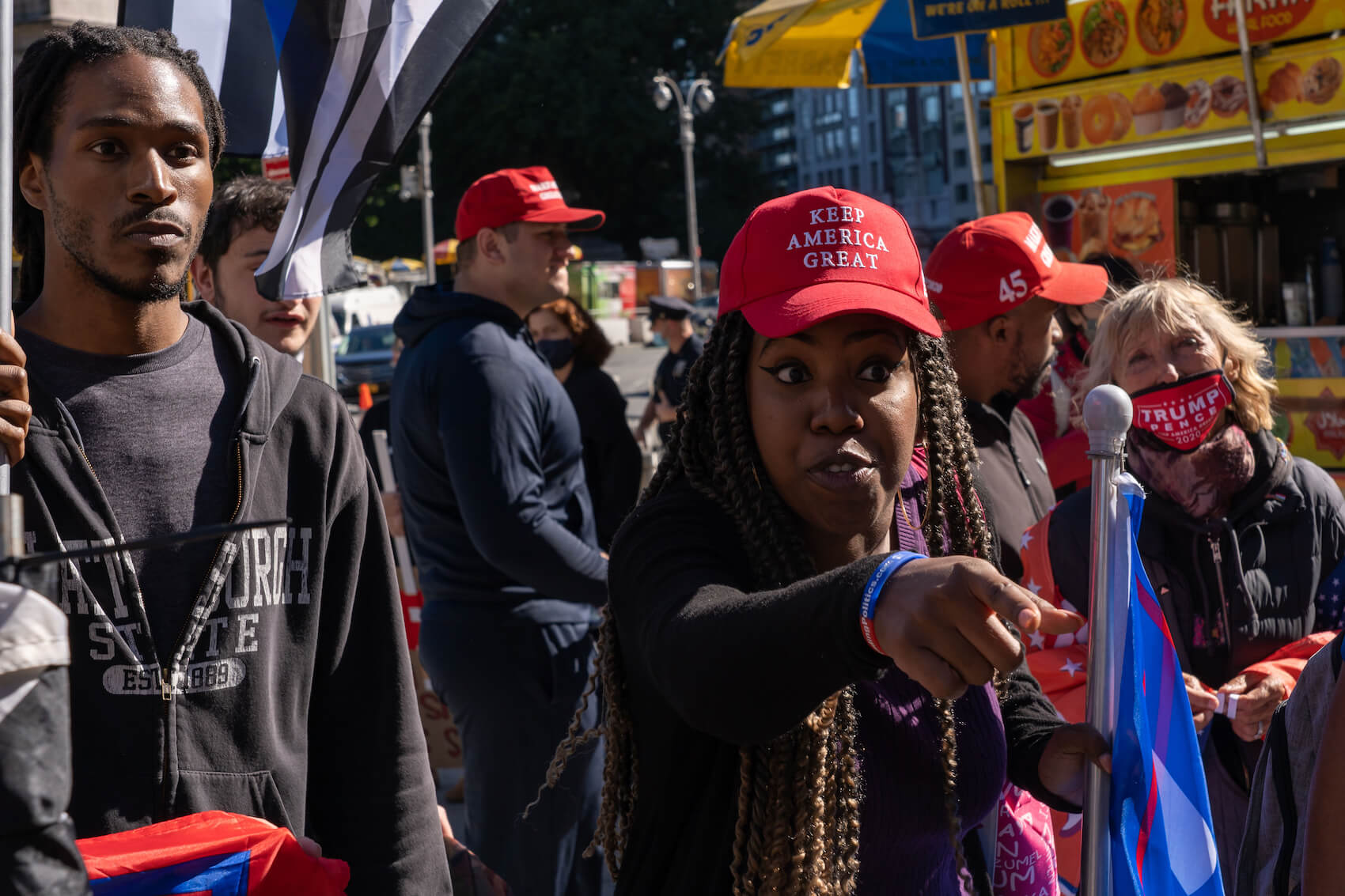Highlighting that the success of the Freedom Party of Austria (FPÖ) is rooted in Austria’s long history of far-right politics, with origins tracing back to the post-World War I period, Professor Felix Roesel argues that the FPÖ’s presence as a dominant force in Austrian politics is unlikely to diminish, as historical, social, and political factors continue to bolster the party’s influence. He explains that Austria’s far-right movement is unique compared to other European countries, given its established presence both before and after World War II. According to Professor Roesel, the continuity of this tradition, marked by personal and ideological ties to the Nazi era, sets the FPÖ apart from other modern far-right parties in Europe.
Interview by Selcuk Gultasli
In an interview with the European Center for Populism Studies (ECPS), Dr. Felix Roesel, a Professor of Economics, especially Urban and Regional Economics at Technische Universität Braunschweig in Germany, provides an in-depth analysis of the political landscape in Austria, specifically focusing on the rise and entrenchment of the Freedom Party of Austria (FPÖ). Professors Roesel argues that the FPÖ’s presence as a dominant force in Austrian politics is unlikely to diminish, as historical, social, and political factors continue to bolster the party’s influence. He discusses how the FPÖ has effectively capitalized on Austria’s distinct historical context, conservative traditions, and societal anxieties to secure its place in the Austrian parliament for decades.
Professor Roesel highlights that the FPÖ’s success is rooted in Austria’s long history of far-right politics, with its origins tracing back to the post-World War I period. He explains that Austria’s far-right movement is unique compared to other European countries, given its established presence before and after World War II. The continuity of this tradition, marked by personal and ideological ties to the Nazi era, sets the FPÖ apart from other modern far-right parties in Europe.
Moreover, Professor Roesel emphasizes the FPÖ’s anti-establishment and anti-immigration rhetoric as key factors in its continued success. During the 1980s, under the leadership of Jörg Haider, the FPÖ transformed from a minor political party into a significant force, gaining widespread support through its anti-establishment stance. This approach resonated with Austrians who felt disillusioned by the two dominant parties—the Social Democrats (SPÖ) and the Conservatives (ÖVP)—which had controlled Austrian politics since the post-1945 period. Haider’s populist strategy of appealing to those excluded by the political mainstream, combined with anti-immigration narratives, positioned the FPÖ as a viable alternative for disaffected voters.
Professor Roesel also sheds light on Austria’s unique political system, known as ‘Proporz,’ which historically ensured that both major parties were represented in various aspects of everyday life, creating the perception that there was little difference between them. This lack of differentiation provided the FPÖ an opportunity to position itself as an outsider and criticize the system, further appealing to voters dissatisfied with the status quo.
Looking ahead, Professor Roesel foresees that the FPÖ will remain a significant and permanent force in Austrian politics, as its deep-rooted historical connections, strategic adaptations, and appeal to nationalist sentiments continue to resonate with a substantial portion of the Austrian electorate.
Here is the transcription of the interview with Professor Felix Roesel with some edits.
Many Post-War Parties in Austria Had Direct Links to the Nazi Party
You argue that right-wing populism in Austria has deep historical roots. What historical factors have contributed to the enduring appeal of far-right populism in Austria, and how do these differ from populist movements in other European countries? Could you also elaborate on these historical roots and how they have shaped the modern-day FPÖ?
Professor Felix Roesel: That’s a very good question. Austria is quite distinct compared to other European countries. While many countries have seen a rise in far-right parties, what sets Austria apart is its long-standing tradition of far-right politics. Even during Austria’s first democratic period, following World War I, there was a significant far-right camp. At that time, there was a Conservative camp mainly aligned with the Catholic Church and the Workers’ Party on the left, but also a very strong far-right camp that advocated for Austria’s annexation into Germany, envisioning a larger pan-German state.
This far-right tradition was already well-established before World War II, with the Nazi Party being part of this camp. After World War II, many of those who established the new party structure in Austria had direct links to the Nazi Party. For instance, the first leader of the FPÖ (Freedom Party of Austria) after the war was a former SS member. This continuity from the pre-war period is significant and distinguishes Austria from other countries, such as France’s Rassemblement National or Italy’s Lega, which are more modern parties without predecessors in the pre-war era.
If we compare voting results before and after World War II, we see strong connections and a continuity of far-right influence. In Austria, there has consistently been a far-right party in Parliament in every election since World War II, which is quite different from other countries where far-right parties have only surged recently.
How has the rise of populism in Austrian politics over the past few decades impacted the country’s political landscape, particularly with regard to the success of far-right parties like the Freedom Party of Austria (FPÖ)?
Professor Felix Roesel: The FPÖ has successfully dominated the political agenda for several years, particularly with its focus on immigration, which has been its most significant topic since the 1980s. A unique aspect of Austria is that, in the 1970s and 1980s, the two major parties—the Conservative Party (ÖVP) and the Social Democratic Party (SPÖ)—were incredibly dominant. They were influential in all aspects of society, even down to sports clubs, which were often aligned with either party. You had to take a stand, either supporting the center-right or the center-left, and those unwilling to identify with either were left behind. There was a growing perception that the country was ruled by these two parties, creating a sense of exclusion among those who didn’t align with them.
The FPÖ capitalized on this sentiment by effectively introducing an anti-establishment narrative. They positioned themselves as the alternative to the two main parties, and this anti-mainstream, populist rhetoric resonated with many people. The two main components of the FPÖ’s success are its strong stance on anti-immigration and its anti-establishment messaging—classic populist elements.
This approach proved effective, influencing even the moderate right-wing party, the ÖVP, under Sebastian Kurz, who shifted their policies further to the right, especially on immigration. The FPÖ has had a significant impact on the political debate in Austria, pushing the entire political spectrum to address these populist themes.
The ‘Proporz’ System May Have Contributed to the Rise of the Far-Right
Could you please explain what ‘Proporz’ stand for and how do you think it evolved in the past several decades?
Professor Felix Roesel: ‘Proporz’ is a specific Austrian system where both major parties were historically represented across all aspects of everyday life. This ranged from sports clubs to institutions like workers’ associations. Essentially, there was always a “red” (Social Democrat) and a “black” (Conservative) representation. Moreover, Austria had all-party governments at the state and local levels, though not at the federal level. In these cases, council elections determined the composition of the government, with all parties represented rather than forming classic coalitions. This ensured that both major parties had a share—if you will—of influence and positions in local and state governments.
This system created the impression that it didn’t matter who people voted for because, in the end, both major parties were guaranteed representation in the government. This lack of differentiation between the two parties may have contributed to the rise of the far-right, as parties like the FPÖ could criticize the ‘Proporz’ system and position themselves as the true alternative to the established order.
You argue that Austria’s main far-right party FPÖ is one of the most successful and prominent cases worldwide. Could you elaborate on the peculiar reasons why FPÖ has been so successful?
Professor Felix Roesel: There are several reasons but let me highlight a few. First, there are the historical roots. Austria had a strong far-right camp even before World War II, and it was easy for the FPÖ to connect with this legacy after the war. Secondly, Austria is a very traditional and conservative country, making it easier for a far-right party to resonate by promoting traditional values such as family.
Additionally, Austria has a long history of immigration, including workers from Germany and other countries, long before Germany itself experienced such immigration waves. This made immigration a significant issue in Austrian politics early on, and the FPÖ has consistently leveraged this topic to gain support.
Lastly, Jörg Haider played a pivotal role in the FPÖ’s success. He was instrumental in popularizing populist ideas in the 1980s by combining an anti-establishment stance with anti-minority rhetoric. While the specific minority groups targeted have changed over time, the anti-establishment narrative remained a constant. Haider was a political entrepreneur who identified and filled a gap left by other parties, which explains why this development happened in Austria earlier than in many other countries.
Jörg Haider’s Focus on Immigration Built a Broader Voter Base
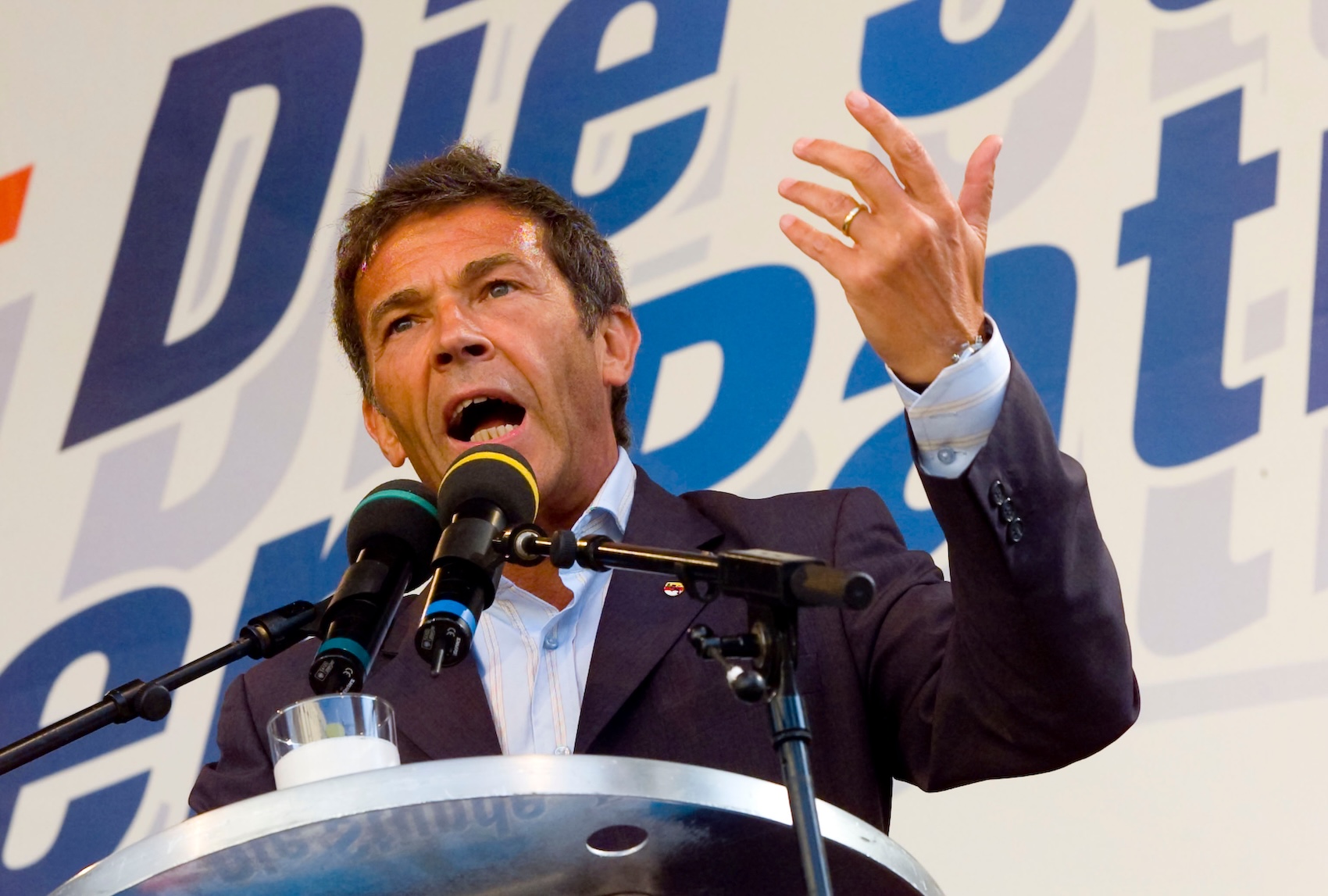
You underline that the two main and dominant Austrian parties in the post-1945 period are the Social Democrats (SPÖ) and the Conservatives (ÖVP). Both parties accounted for up to 95% of all votes until the early 1980s, but their vote shares have declined significantly since then. What happened in 1980s that led to the rise of FPÖ?
Professor Felix Roesel: I would really emphasize the role of Jörg Haider. He understood how to effectively use populist slogans, transforming the FPÖ from a small party with around 4-6% of the vote into one that gained 20-25% from election to election. It was Haider who made the FPÖ a major political force.
In the late 1970s and 1980s, immigration began increasing, or at least reached levels where it became visible to the general public, making it an accessible topic for political mobilization. However, in the very beginning, Haider didn’t focus much on immigration. Instead, he concentrated on an anti-establishment message: if you didn’t want to align with one of the two big parties, the FPÖ was the alternative, positioning itself as outside the system. This message was very attractive at the time.
It’s also important to note that, before this period, there were hardly any other coalitions other than grand coalitions between the two dominant parties at the federal level. This created a perception among many people that there was no way to avoid the dominance of these two big parties in government. The FPÖ’s anti-establishment stance appealed to those who felt disillusioned with this arrangement.
Later, Haider incorporated anti-immigration rhetoric, which became a central theme. Interestingly, early on, there were some connections or references to the Nazi era, but Haider quickly realized this did not gain widespread support. He found that focusing on immigration was much more effective in building a broader voter base.
In what ways have populist and far-right parties in Austria influenced the mainstream political parties like SPÖ and ÖVP? Have these influences led to shifts in policy or political discourse?
Professor Felix Roesel: Yes, certainly. In particular, the immigration issue has seen a significant shift. The Conservative party, especially under the leadership of former party leader Sebastian Kurz, heavily changed its stance in response to the success of the FPÖ. Kurz adopted policies similar to those promoted by the FPÖ, making it clear that the far-right party had a substantial impact in this area.
As for the government, the FPÖ has been part of the coalition several times. However, when it comes to actual policy impact during their time in government, we do not see major policy shifts. While their involvement led to political consequences, such as scandals—many of which are still unresolved—their influence on concrete policy changes was limited, primarily because they served as a junior partner in these coalitions. The real question now is what will happen in Austria moving forward.
FPÖ’s Nazi History Occasionally Resurfaces, Highlighting Its Roots
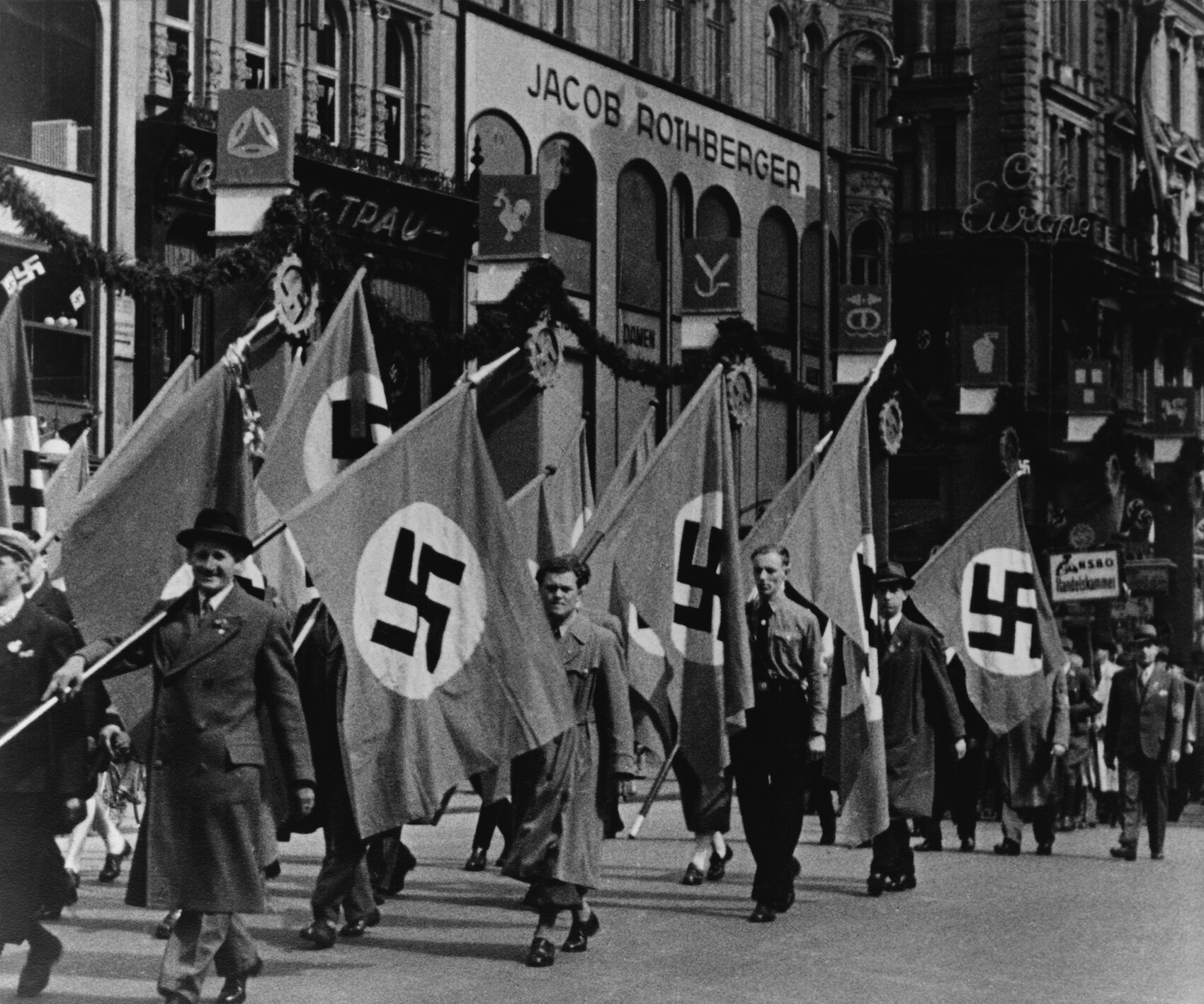
How do you assess the link between the Nazi ideology and FPÖ? How much has FPÖ been influenced by Nazism?
Professor Felix Roesel: The FPÖ was founded in the mid-1950s, and its predecessor, the VdU, was also a right-wing movement with strong personal connections to the Nazi era. As I mentioned, the first FPÖ party leader was a former SS leader. So, there were clear ties in terms of personnel, as well as ideology.
Initially, if you were confirmed as a Nazi, you were ineligible to vote in the very first post-war election. However, by the second election, those restrictions were lifted, and many former Nazis turned to support the FPÖ. This shows the strong connections from the voter base as well.
In terms of ideology, Jörg Haider, for example, would sometimes use phrasing that was reminiscent of Nazi slogans—close enough to evoke the connection but vague enough to avoid direct accountability. The party has often played with these boundaries.
Even today, local FPÖ politicians occasionally become embroiled in scandals involving connections to Nazi symbolism, such as singing Wehrmacht songs. These are things you don’t see with other parties, which indicates a lingering influence.
However, it’s important to note that the FPÖ has now evolved into a more modern populist party, focusing primarily on anti-immigration and anti-Islam rhetoric rather than Nazi ideology. Despite this shift, the party’s history occasionally resurfaces, reminding us of its roots.
FPÖ Links Sieges of Vienna by Ottoman Turks to Contemporary Issues
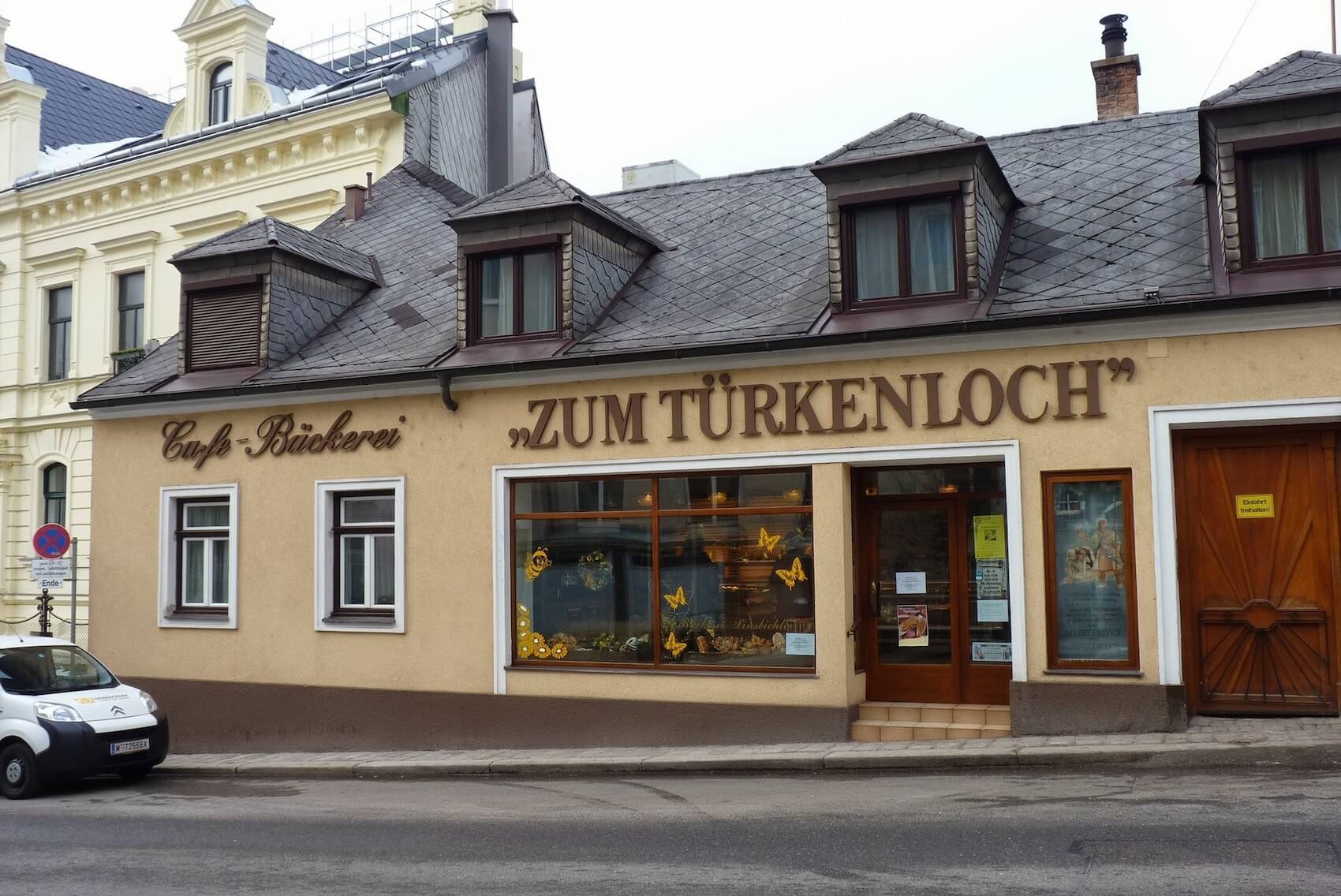
How have the two sieges of Vienna by Ottoman Turks resonated with the Austrian public and how have collective memories and historical narratives played a role in the ideology of FPÖ? How did FPÖ instrumentalize these historical tools against the Turkish and Muslim population in Austria?
Professor Felix Roesel: My co-author and I have a paper on this topic. We observed that some villages around Vienna, which were besieged by Ottoman forces in the 16th and 17th centuries, still carry traces of that history. You can find street names like “Türkenschanz” or “Türkenstraße,” which are reminders of those times when these villages suffered; houses were burned down, and there were significant losses. These events are embedded in the local memory.
For centuries, however, these memories remained dormant. As we demonstrated in our paper, it wasn’t until the FPÖ began campaigning against Muslims that this historical context became politically effective. We found that in those areas that had experienced the Turkish invasions 300 years ago, support for the far-right FPÖ increased significantly compared to areas that had not been affected by the sieges. This suggests that the FPÖ was able to reawaken and instrumentalize these collective memories for political gain.
This is a common strategy among populists—they often invoke the past, whether glorious or traumatic, to mobilize support. In Austria, the FPÖ has connected these historical events to contemporary issues. One former FPÖ leader even referred to the need to prevent a “third siege of Vienna” in response to the growing Turkish and Muslim population, playing on these historical fears and sentiments to gain political advantage.
How have the immigration crisis and other recent socio-economic challenges contributed to the rise of far-right populism in Austria, and what parallels can be drawn with similar movements in other parts of Europe?
Professor Felix Roesel: Let me refer to two studies on this topic. One study has shown a robust correlation between immigration and increased votes for the far-right in Austria. The data indicates that as immigration levels rise, support for far-right parties also increases.
A second study specifically examined the large influx of migrants in 2015. It found that areas along the Austrian-German border, which were most affected by this wave of migration, also saw a significant rise in far-right votes. Interestingly, the study noted that in areas where residents had direct, personal contact with refugees in 2015, there was actually a decrease in support for the FPÖ. This suggests that direct interaction with migrants can reduce anti-immigrant sentiment and far-right support.
In comparison, similar patterns have been observed in other countries, such as Germany, where studies show a clear link between increased immigration and a backlash among native populations, leading to a rise in votes for anti-immigration parties. However, findings differ across Europe, and the picture is not entirely uniform.
Overall, at least in Austria and Germany, there is consistent evidence that higher levels of immigration are associated with increased support for far-right populist parties.
Whether FPÖ Can Form a Coalition Remains the Pressing Question
What is the significance of FPÖ’s victory in the parliamentary elections, that were held last week, in terms of far-right parties both in Austria and Europe?
Professor Felix Roesel: The significance of the FPÖ’s victory really depends on the ultimate outcome of the election, particularly on the formation of the next Austrian government. While the far-right FPÖ won the election by a narrow margin—just one or two percentage points—making it the largest party with around 30% of the vote, it’s important to remember that 70% of voters did not choose the far right. Being the largest party does not guarantee leadership of the next government.
The FPÖ’s status as the number one party certainly can’t be ignored, but the real test lies in whether they can successfully form a coalition. There are significant challenges ahead: other parties, including the Conservatives, have already ruled out any coalition with the far right. Additionally, the Conservative Party, traditionally accustomed to having Chancellors for many years, may be reluctant to join as a junior partner in a coalition led by the FPÖ.
The possibility of a grand coalition between the two former main parties remains, but such arrangements have lost favor in Austria, as they are perceived as ineffective in solving problems. If the FPÖ manages to form a coalition, it would signal to other far-right parties across Europe that it is possible to reach government status even without an absolute majority.
Another challenge is the role of Austria’s President, who has considerable influence. The current President is from the Green Party, which is ideologically opposed to the far-right FPÖ. In fact, the Green Party has even refused to support a parliamentary president from the FPÖ. It remains to be seen whether a Green Party President would appoint a far-right Chancellor. The President’s stance will be crucial as coalition discussions unfold. It’s unclear which direction this will take—whether it’s truly possible to form a coalition with the far right or seek an alternative beyond it. This remains the pressing question at the moment.
Criticizing a Third of the Voters Isn’t a Productive Approach
European Union’s reaction to FPÖ’s victory in 1999 and 2024 are quite different. This time around EU has not reacted to the victory of FPÖ in alarmist terms. Do you think far-right parties have been mainstreamed in Europe in the last couple of years?
Professor Felix Roesel: Yes, that’s certainly one point. Another is that we’ve become somewhat accustomed to these kinds of election results. We’ve learned that criticizing a third of the voters, as is the case in Austria, isn’t a productive approach. Moreover, it’s still possible to form a coalition without the FPÖ.
Additionally, there have been previous elections in Austria where the FPÖ was even more successful. For instance, in the last presidential election, there was a head-to-head race between the Green candidate and the far-right candidate, with the latter gaining almost 50% of the vote. We’ve also seen similar outcomes in other countries, such as France, where far-right candidates have garnered a significant share of votes beyond the traditional far-right base.
These factors might explain the EU’s more restrained response. We’ve also learned that outside intervention isn’t particularly effective, especially in a complex political landscape like Austria’s.
There are experts who believe that Herbert Kickl, the leader of FPÖ, would inevitably moderate, à la Giorgia Meloni, the leader of the far-right Brothers of Italy, who has taken a more pragmatic course than most expected since becoming Italy’s prime minister two years ago. Do you think we can witness a ‘Melonization of Kickle’ as FPÖ has now won the elections?
Professor Felix Roesel: That’s an interesting question. The difference is that Meloni had the advantage of a clear alliance and a majority in Parliament, which is not yet certain for Herbert Kickl. However, I wouldn’t underestimate him. Kickl has been the mastermind of the FPÖ for the past 20 years, designing many of its campaigns and having significant influence, even when he wasn’t the frontman.
Since stepping into the spotlight after the major scandals of 2019, when the coalition in Austria collapsed, he has shown his strategic acumen. He is very smart and will undoubtedly do everything in his power to form a coalition under his leadership.
As for whether his leadership would look different, it’s uncertain. He has already served as Minister of the Interior and, during that time, implemented tough, anti-immigration policies, though much of it was rhetoric. The real question is whether things would change if the FPÖ were to lead a coalition. But again, I wouldn’t underestimate him; he will certainly do everything possible to secure his place in the next coalition.
FPÖ Remains a Permanent and Strong Force in Austrian Politics
And lastly, looking ahead, what trends do you see in the future of Austrian populism and far-right movements? Do you expect these movements to gain further traction, or are they likely to diminish in influence?
Professor Felix Roesel: Typically, when the FPÖ enters government, there is a significant drop in their support, as people often become disillusioned soon after they join coalitions. However, after a short period, they tend to recover and often come back stronger. While I can’t say if this is a consistent pattern, it’s worth noting that nearly 50% of the population has, at some point, voted for the far right in Austria, as seen in the recent presidential elections. So, there is certainly a solid base of support to build upon.
There’s also the incumbency advantage to consider. Once a party leads as the Chancellor, they may gain additional votes from those who rally around the flag. It makes strategic sense for the FPÖ to aim for the Chancellor position and lead a coalition to solidify their role as an established part of the Austrian parliamentary system.
Whether this will require the FPÖ to change its policies, I’m skeptical. Herbert Kickl himself has expressed that one of the mistakes made by Jörg Haider, after his significant successes, was not taking on a leadership role within the government. Kickl seems well aware of past errors and will likely try to avoid them. Thus, it’s very probable that we will see the FPÖ remain a permanent and strong force in Austrian politics, at least for the next few years.




